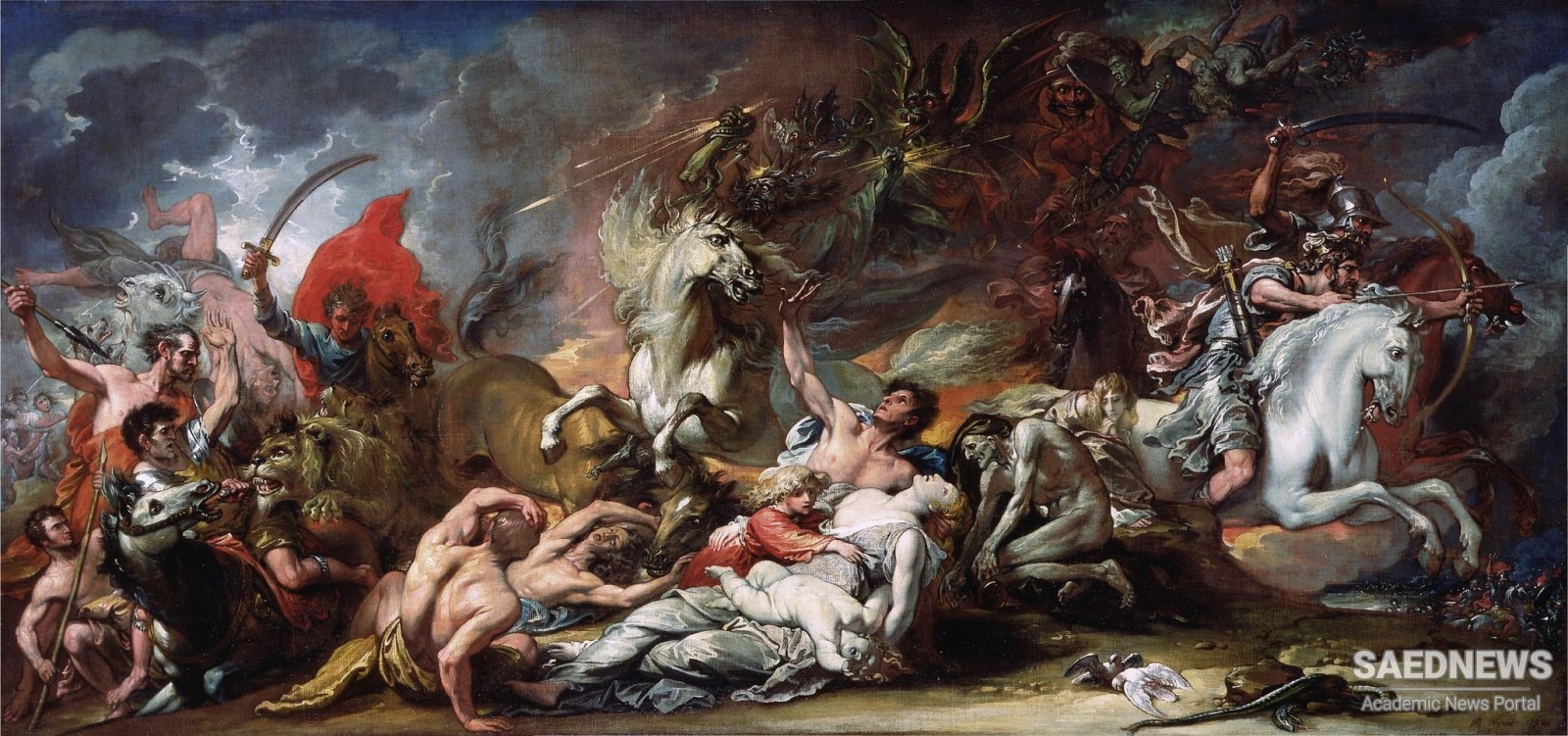To temporalize the prophecies and other scriptural evidence, whether literally or allegorically, millennialists have employed various strategies to make their evidence speak out the anticipated End and the events preceding it. The act of prognosticating the End necessitates a preoccupation with time reckoning and calendaric. Equally common was the wide usage of the occult sciences, especially numerology and esoteric knowledge of letters. To the chiliastic adept, sacred dates and deadlines encoded in the verses of any given scripture, and in the sayings of prophets and saints (as well as in nontextual evidence), were mysteries urgently awaiting decipherment. Indeed the whole material world, with its seasonal changes and natural and human calamities, was seen as a text to be read with esoteric methods mastered by millennialists through rigorous study, mortification, intuition, dreams and mystical experiences. The alternative reality that emerged out of temporalizing endeavors, beneath the apparent reality accepted and enshrined by authoritative exegeses, was particularly apt for cyclical reckoning. Both centennial and millennial, these cyclical courses were based on conventional calendaric and its variants. More often they were calculated from primal dates in a sacred text. Sacred chronology, especially in creation narratives, was favored, or even more specific dates such as those present in the Book of Daniel, the assumed date for the birth of Jesus, the Hijra of the Islamic Prophet, or the assumed Occultation of the Twelfth Imam in Shi'ism. In particular, the notion of millennium, and its correlation to the events of the End, held a firm grip over the apocalyptic calendaric in all Western religions. As a unit of time reckoning, millennium is a Babylonian invention.


 From Zeitgeist to Endzeit: Apocalypticism and Its Reverberations in Middle East
From Zeitgeist to Endzeit: Apocalypticism and Its Reverberations in Middle East














































